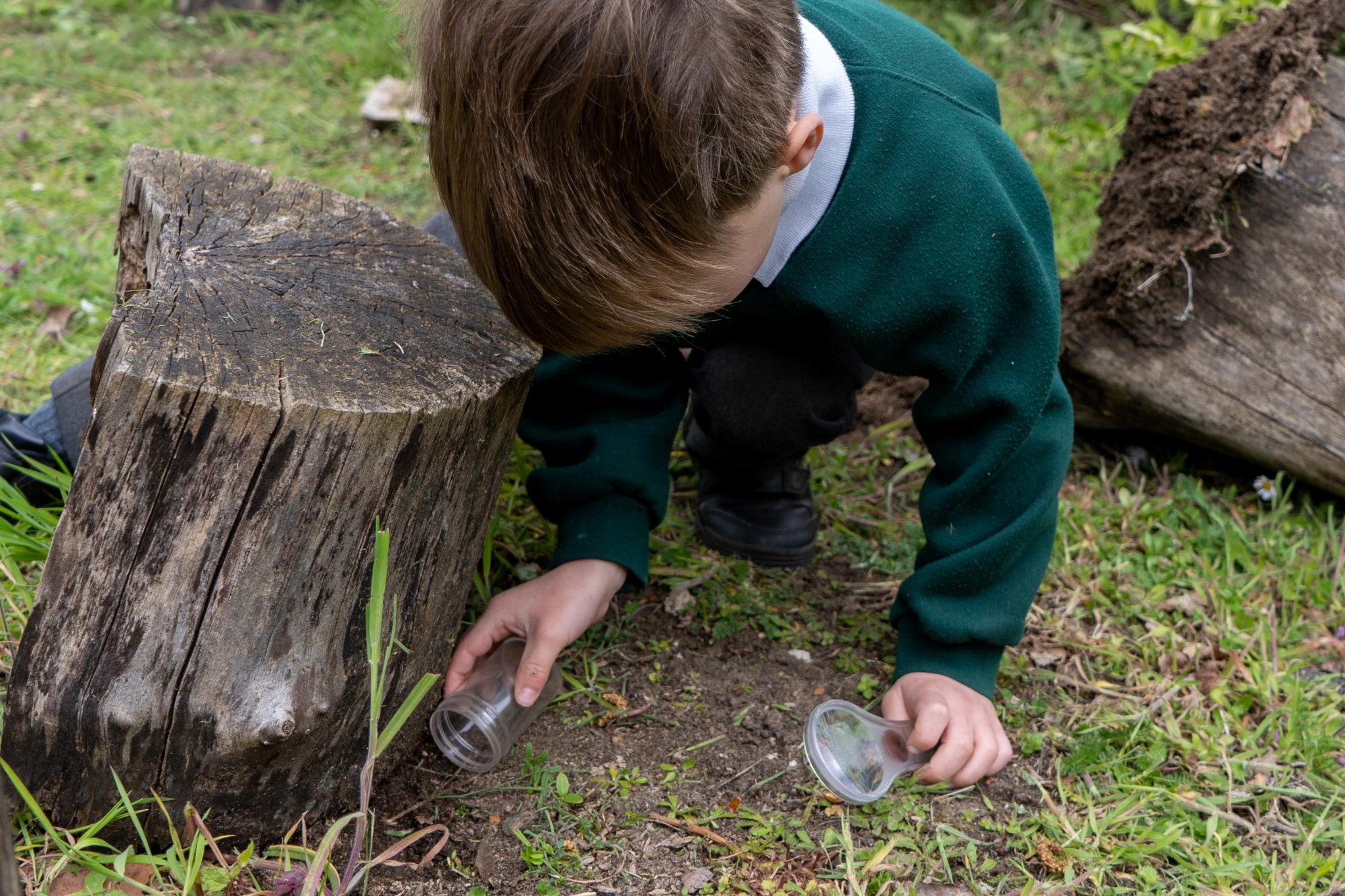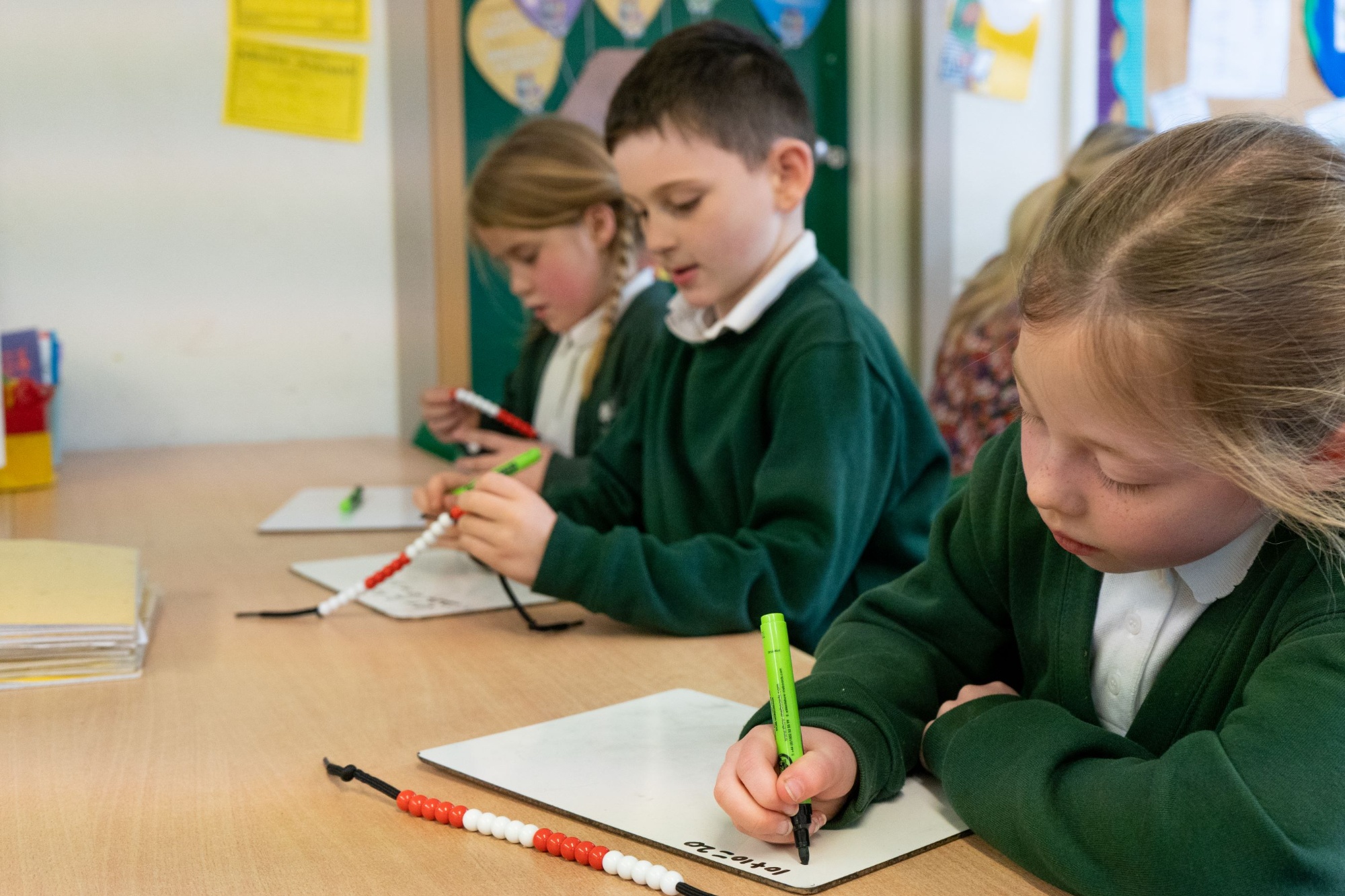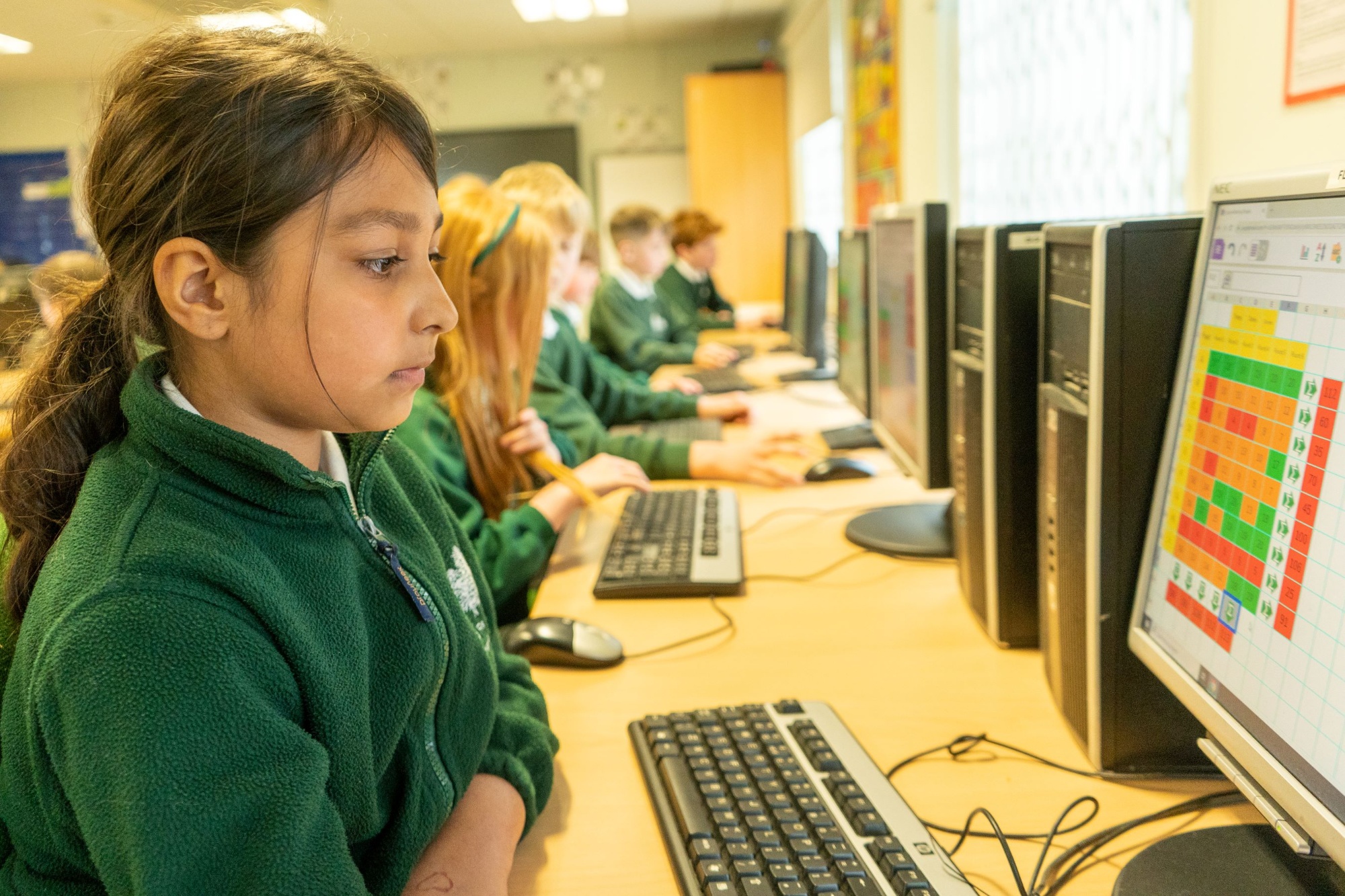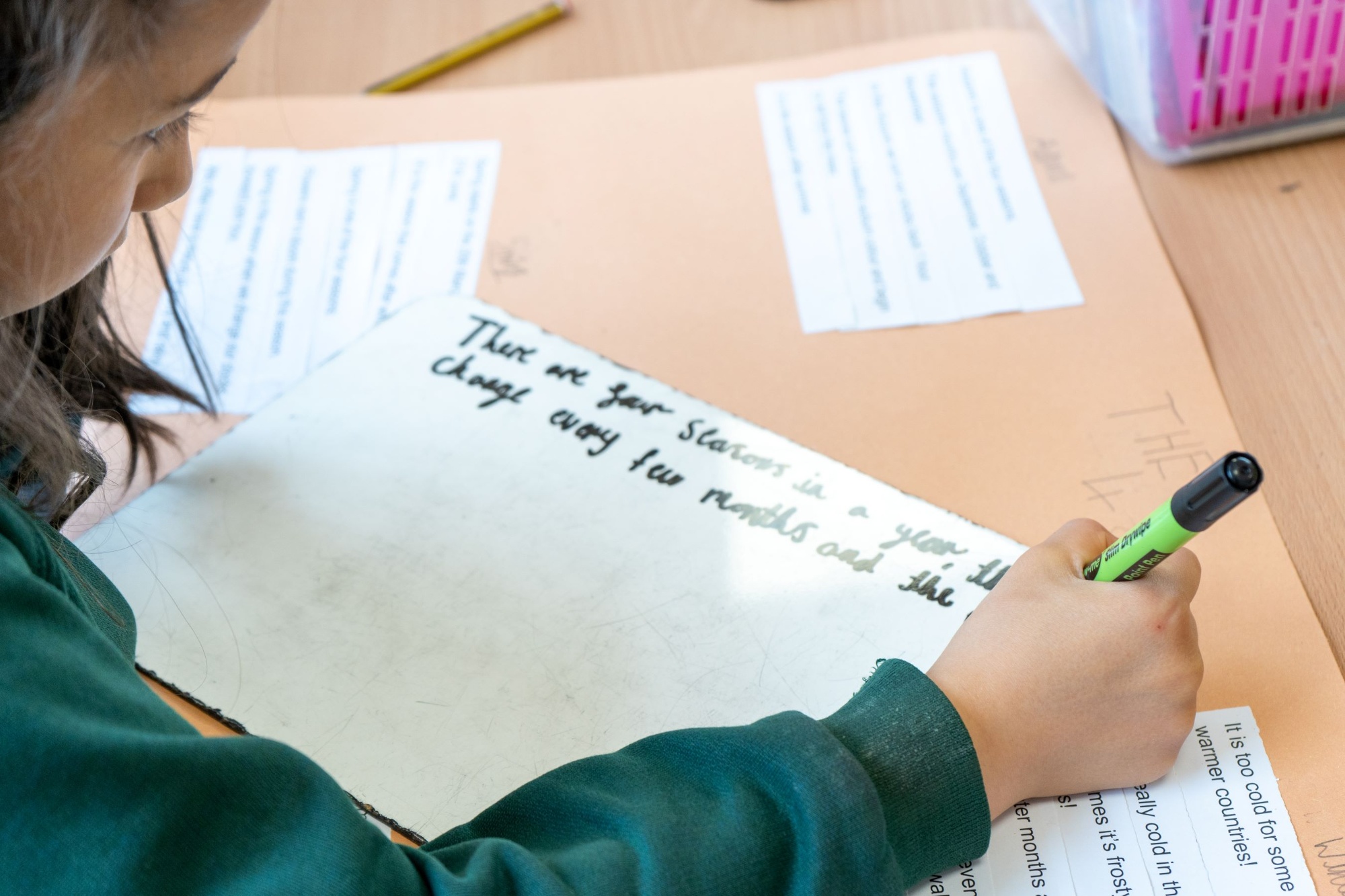History
Intent
Curriculum design at The Firs
In deciding on the intent behind the design of our curriculum it is our vision and values that are the starting point. See The Firs’ Curriculum Policy.
The key drivers behind the makeup of our curriculum are:
-
What we wanted to develop in a ‘Firs’ Mindset’ (which we defined as the values and approaches to life we wanted our children to live by and hold to).
-
The knowledge and skills we wished to develop in addition to those set out in the National Curriculum.
-
Any gaps in children’s knowledge, skills or awareness that we perceived, associated with the context of our local environment, location or general pupil characteristics.
-
Our understanding of what ‘Cultural Capital’ meant to us at The Firs and in each year group, how we could give children the chance to experience it.
All of the thinking behind these key drivers are set out in The Firs Scheme of Work.
We decided on an additional programme of learning, organised into a number of strands, that would complement the content from the National Curriculum. We have called these additional strands ‘The Firs’ Themes’.
The History Curriculum at The Firs
We believe History should be concerned with stimulating the children’s interest and understanding about the life of people who lived in the past. We aim for children to develop a sense of identity and a cultural understanding based on their historical heritage.
We teach children to understand how events in the past have influenced our lives today; we also teach the children to investigate these past events and, by doing so, develop the skills of enquiry, analysis, interpretation and problem solving. As children progress through the school, we provide them with a chronological understanding of the past.
Aims:
We aim to provide quality teaching and learning of history to promote:
-
An understanding of life in the present by exploring the past.
-
A curiosity and inquisitiveness about life in the past.
-
A knowledge of significant events in British history and an appreciation of how societies and people have changed over time.
-
A sense of chronology.
-
An enjoyment and appreciation of the richness of the past.
-
An understanding of society and their place within it, so that they develop a sense of their cultural heritage.
-
An understanding of historical concepts such as cause/consequence, continuity and change etc.
-
An understanding of how evidence is used to arrive at views about the past.
-
Perspectives between local and international history, encompassing all areas of history such as political and religious.
We aim to ensure that children learn and remember key facts and understand more about the past and the effect it has on their lives today. For example in YR children ‘Compare and contrast characters from stories, including figures from the past.’ By the time they are in Y2 children learn about the ‘lives of significant individuals in the past who have contributed to national and international achievements’.
We want children to have a progressively sophisticated grasp of the knowledge and skills to understand how to discuss, examine and interpret the past. For example, ‘Knowing words connected with the passing of time’. (Y1) progresses to ‘Understand the terms BC and AD’ (Y3).
Our desire is to also develop children’s cultural capital through trips and visits to historical sites. For example in Y3 children visit Beadlow Manor as part of their work on World War 2 and in Y4 children visit St Albans Cathedral as part of their work in The Romans in Britain. The experiences children gain on this visit help to cement their grasp of key facts, gain a greater empathy for the lived experiences of people in the past as well as being memorable and enjoyable experiences that the children thoroughly enjoy.
We aim to develop SMSC through our history curriculum by:
-
Spiritual: allowing pupils to see the similarities between people now and in the past and bringing them alive through primary and secondary sources, artefacts and visitors. For example, in Year 2, a visitor from ‘History Off the Page’ creates a Victorian Seaside reconstruction where the children can experience what a day at the seaside would have been like for children living in the Victorian times
-
Moral: helping children to empathise with the decisions which ordinary people made at the time based on their historical situation for example during the Great Fire of London and The Great plague (Year 1)
-
Social: encouraging pupils to think about what past societies have contributed to our culture today. For example, the study of World war 2 in year 3.
-
Cultural: examining how other cultures have had a major impact on the development of ‘British’ culture. For example, the study of the Roman Empire and its impact on Britain in Year 4
We also aim to promote ‘British Values’ through history, by looking at the achievements of famous British people (Famous kings and queens such as Henry VIII and Elizabeth I and Florence Nightingale – KS1) where children develop an awareness of how they impacted and influenced the development of the country. We teach children to respect and value different viewpoints and ideas as well as encouraging them to work effectively together.
Implementation
During 2019-2020 our history curriculum was carefully redesigned, focussing on ensuring there was a progression in skills and knowledge from lesson to lesson and year to year. Year group objectives have been created in The Firs Scheme of Work in order to support this and to form the basis for assessment.
Teaching will equip pupils to ask perceptive questions, build a chronological framework, make comparisons across time periods, understand the cause of significant events and understand their consequences as well as scrutinising the validity of evidence and relating history to their own lives. The history curriculum will help pupils to understand the complexity of people’s lives, the process of change, the diversity of societies and relationships
At the beginning of all units, children will look back at time periods studied previously. This encourages them to build on their chronological framework and see every unit in the wider context of time.
In history, children will be taught key historical skills in progressively sophisticated ways and applied to a variety of different time periods. In terms of evidence, the same types of questions will be applied to different sources such as artefacts, pictures/paintings, written accounts e.g. ‘what does this evidence tell me?’ and ‘how reliable is this source?.
Children are encouraged to ask a variety of questions on one particular subject whether that be a piece of evidence, an event or the time period in general.
History units are addressed in relation to the development of key knowledge and skills:
-
Learning some key aspects and/or events connected with the period under study.
-
Developing a chronological understanding putting the time period in context with those previously studied.
-
Comparing and making connections between time periods previously studied or to the present day.
-
Understanding the cause or consequence of significant historical events.
-
Understanding what has changed and stayed the same.
-
Understanding the impact of a time period on our lives today.
-
The opportunity to ask historically valid and deep questions.
-
Analysing evidence and questioning its validity.
In history children study people, events and developments in the past and the ways in which these have helped shape the present. Interest in and curiosity about the past is taught through story-telling, drama, themed days, ‘living history’ demonstrations by visitors to the school, individual research and the examination of a range of historical sources including pictures, written and oral evidence, buildings and artefacts.
Visits to museums or other places of historical interest are made where appropriate.
Key Stage 1 history teaching centres on the lives of people in the past, including their homes, toys and holidays and by learning about some key historical figures in the past.
Key Stage 2 follow topics on local history (World War ll), Ancient Egyptians and Anglo Saxons in Y3 and Early settlement of Britain (focusing on the Celts) and The Roman occupation of Britain.
Ensuring children remember key facts is a priority and prior learning is consolidated through re-cap and reinforcement, to ensure children can make links between skills/knowledge and previously learnt skills/knowledge, such as the use of sources to support understanding of the past.
Questioning, modelling and feedback are used to support the teaching and learning process, ensure progression within every lesson and aid assessment.
The following approaches are used to cement knowledge and facilitate the use of historical skills:
-
The use of timelines to develop chronological knowledge and understanding e.g. using practical, hands on methods where possible
-
Incorporating key vocabulary and ambitious stories (for example studying in depth the events and tactics which led to the Roman victory over Boudicca in Y4)
-
The use of historical sources, providing opportunities for deeper thinking and the development of critical thinking skills.
-
The importance of talk, discussion and role play, encouraging children to use historical terms and vocabulary.
-
Developing ‘fluency’ through repetition of key learning from previous lessons, the use of low stake quizzes, high quality feedback and discussion of misconceptions.
Impact
In order to measure the impact of the history curriculum, we use a range of formative and summative assessment in all lessons such as:
-
Questioning
-
Observations/learning walks/drop ins
-
Looking at children’s written work
-
Feedback from staff and children
-
Analysis of our assessment tool linked to Scheme of Work objectives/National Curriculum for each year
Assessment information is collected and analysed by the subject leader using the school history assessment template, as part of our monitoring of teaching and learning. This process provides us with an understanding of the quality of education in history as well as indicating areas for development.




